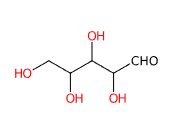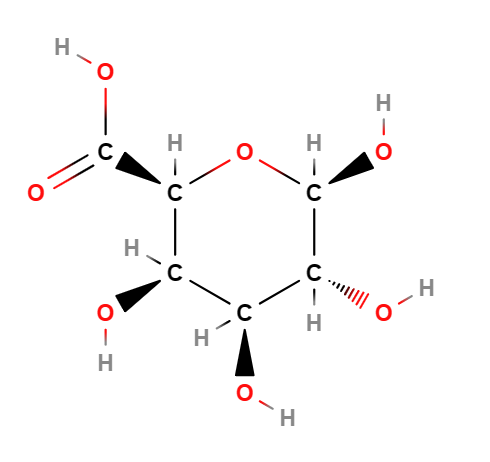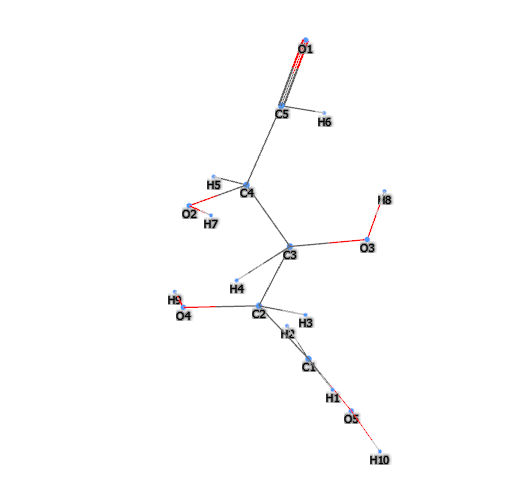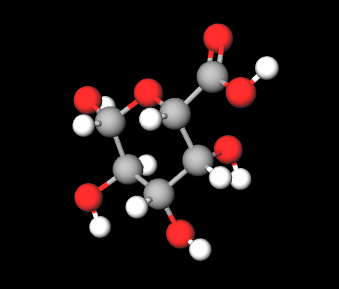| "Descrizione" by FRanier (9971 pt) | 2024-Aug-01 18:16 |
Review Consensus: 7 Rating: 7 Number of users: 1
| Evaluation | N. Experts | Evaluation | N. Experts |
|---|---|---|---|
| 1 | 6 | ||
| 2 | 7 | ||
| 3 | 8 | ||
| 4 | 9 | ||
| 5 | 10 |
Pectine is a water-soluble fibre, the methylated ester of polygalacturonic acid found in vegetables and fruit and in particular in apples (1), pears and citrus fruits in general. It is biodegradable and biocompatible.
"Pectin". It is a complex polysaccharide found in the cell walls of plants. It is primarily composed of galacturonic acid units.
Description of raw materials used in extraction process
- Fruit - Specifically citrus peels or apple pomace.
- Acid - For example, citric acid or hydrochloric acid, used to extract pectin from plant materials.
- Solvents - For example, water.
Extraction and Modification Step-by-Step.
- Preparation of Raw Material - The citrus peels or apple pomace are washed and cut.
- Acid Extraction - The raw material is mixed with water and acid to extract the pectin. This mixture is heated.
- Separation - The mixture is filtered or centrifuged to separate the pectin from the rest of the plant material.
- Precipitation - The pectin is then precipitated from the extract, often using ethyl alcohol or another solution.
- Drying - The precipitated pectin is dried to remove residual water.
- Pulverization - The dried pectin is then ground into a powder.
- Modification (if necessary) - The pectin may be modified to alter its properties, such as by esterification.
It appears as a white, yellowish or brown powder.

What it is used for and where
Food
Ingredient included in the list of European food additives as E440, thickener and emulsifier. It is used as a food additive acting as a gelling agent in baked goods. A 2024 study warns about the risk of developing cancer with high intakes of emulsifiers, (including E440, Pectin, E471 mono- and diglycerides of fatty acids, carrageenan, E407, sodium carbonate E500) (2).
Medical
Promotes digestive processes and promotes lowering cholesterol levels; it is useful in preventing arteriosclerosis, heart attacks and other diseases of the cardiovascular system (2) and generates short-chain fatty acids that can prevent colon cancers (3).
Performs an action against prostate cancer (4).
Cosmetics
Binder agent. Ingredient that is used in cosmetic, food and pharmaceutical products as an anti-caking agent with the function of making the product in which it is incorporated silky, compact and homogenous. The binder, either natural such as mucilage, gums and starches or chemical, may be in the form of a powder or liquid.
Emulsion stabilizer. Emulsions are thermodynamically unstable. Emulsion stabilisers improve the formation and stability of single and double emulsions. It should be noted that in the structure-function relationship, molar mass plays an important role.
Viscosity control agent. It controls and adapts viscosity to the required level for optimal chemical and physical stability of the product and dosage in gels, suspensions, emulsions, solutions.
Commercial applications
Gelling Agent. Pectin is used in foods as a gelling agent, especially in jams and jellies.
Stabilizing Agent. Used in food products to maintain consistency and prevent separation of components.
Thickening Agent. Used in sauces, desserts, and baked goods to increase their viscosity.
Ingredient in Pharmaceutical Products. Pectin is used as an excipient in tablets and lozenges.
Film-Forming Agent. Used in cosmetics to form a protective film on the skin.
 |  |
 |  |
CAS 9000-69-5
EC number 232-553-0
References________________________________________________________________________
(1) Kalinowska M, Bielawska A, Lewandowska-Siwkiewicz H, Priebe W, Lewandowski W. Apples: content of phenolic compounds vs. variety, part of apple and cultivation model, extraction of phenolic compounds, biological properties. Plant Physiol Biochem. 2014 Nov;84:169-188. doi: 10.1016/j.plaphy.2014.09.006.
(2) Sellem, L., Srour, B., Javaux, G., Chazelas, E., Chassaing, B., Viennois, E., ... & Touvier, M. (2024). Food additive emulsifiers and cancer risk: Results from the French prospective NutriNet-Santé cohort. Plos Medicine, 21(2), e1004338.
Abstract. Emulsifiers are widely used food additives in industrially processed foods to improve texture and enhance shelf-life. Experimental research suggests deleterious effects of emulsifiers on the intestinal microbiota and the metabolome, leading to chronic inflammation and increasing susceptibility to carcinogenesis. However, human epidemiological evidence investigating their association with cancer is nonexistent. This study aimed to assess associations between food additive emulsifiers and cancer risk in a large population-based prospective cohort.
(3) Kim MY, Lim SH, Lee J. Intake of hot water-extracted apple protects against myocardial injury by inhibiting apoptosis in an ischemia/reperfusion rat model. Nutr Res. 2014 Nov;34(11):951-60. doi: 10.1016/j.nutres.2014.08.007.
(4) Almeida EA, Facchi SP, Martins AF, Nocchi S, Schuquel IT, Nakamura CV, Rubira AF, Muniz EC. Synthesis and characterization of pectin derivative with antitumor property against Caco-2 colon cancer cells. Carbohydr Polym. 2015 Jan 22;115:139-45. doi: 10.1016/j.carbpol.2014.08.085.
(5) Jiang J, Eliaz I, Sliva D. Synergistic and additive effects of modified citrus pectin with two polybotanical compounds, in the suppression of invasive behavior of human breast and prostate cancer cells. Integr Cancer Ther. 2013 Mar;12(2):145-52. doi: 10.1177/1534735412442369.
Abstract. Aim: The objective of this study was to evaluate the combined effect of a known galectin-3 inhibitor, PectaSol-C modified citrus pectin (MCP), and 2 novel integrative polybotanical compounds for breast and prostate health, BreastDefend (BD) and ProstaCaid (PC), on invasive behavior in human breast and prostate cancer cells in vitro, respectively....Conclusion: The combination of MCP with BD and of MCP with PC synergistically inhibits the metastatic phenotypes of human breast and prostate cancer cells, respectively. Further studies confirming these observations in animal models of breast and prostate cancer metastasis are warranted.
Pusateri DJ, Roth WT, Ross JK, Shultz TD. Dietary and hormonal evaluation of men at different risks for prostate cancer: plasma and fecal hormone-nutrient interrelationships. Am J Clin Nutr. 1990 Mar;51(3):371-7. doi: 10.1093/ajcn/51.3.371. PMID: 2155524.
Abstract. Relationships between dietary nutrients and plasma and fecal estrone, estradiol-17 beta, testosterone, and plasma prolactin concentrations were studied in young Seventh-day Adventist men: 18 nonvegetarians (NVs), 20 lactoovovegetarians (LOVs), and 15 vegans (V). Blood samples and 3-d dietary records were obtained. Contemporaneously collected diet composites and stool samples were analyzed for fiber. Vs and LOVs consumed significantly more fiber than did the omnivores, whereas NVs and LOVs consumed more saturated fatty acids than did Vs. Although plasma steroid-hormone status did not differ, Vs had significantly higher fecal estrogen concentrations than did NVs or LOVs. Plasma prolactin concentrations were significantly higher in NVs and LOVs than in Vs. Significant relationships were observed for the combined groups between dietary and fecal fiber components and fecal, but not plasma, steroid hormones. For the combined groups, prolactin concentrations were positively correlated with saturated fatty acid intake. Further research on the effects of dietary nutrients on endocrine homeostasis in other age groups is warranted.
| Evaluate |

